Brazil is one of the most competitive countries in the world regarding its natural resources (WEF, 2019) and this wealth is mostly found within protected areas all over the country. The origin of protected areas in Brazil dates to 1934, when the Brazilian Constitution began to consider nature as a national heritage that should be preserved. Furthermore, the Forest Code from the same year established the first legal guidelines for the protection of ecosystems, leading, in 1937, to the creation of the first Brazilian Protected Area, the Itatiaia National Park located in the Atlantic Forest of Rio de Janeiro (MEDEIROS, 2004). Since then, many other protected areas of different categories have been created throughout the country in different biomes. This is one of the main national strategies to ensure nature conservation, especially in areas at great risk of disappearing.
Within the Atlantic Forest Great Reserve, the first protected area created was the Parque Estadual Turístico do Alto Ribeira (PETAR), in 1958, followed by the Ilha do Cardoso State Park four years later. In Paraná, the first protected area was the Lauráceas State Park, in 1979, which is also where the first federal protected area, the Guaraqueçaba Ecological Station, was created in 1982. At this time much of the Atlantic Forest had already been devastated throughout Brazil after decades of extractive exploitation (DEAN, 1996). Remnants like this became increasingly rare across the country and its importance for nature conservation motivated in the following decades the creation of an extensive mosaic of protected areas of various categories, especially since the 2000s with the creation of the National System of Conservation Units (SNUC).
All over the world, countries with different characteristics and resources have their own tools to protect their natural heritage, but the creation of protected areas is one of the main strategies adopted for this purpose. In Brazil, the National System of Conservation Units (SNUC), established in 2000 by Law 9.985, establishes the criteria and rules for the creation, implementation, and management of protected areas.
There are twelve main categories with different objectives and characteristics, most of which already exist within the territory of the Atlantic Forest Great Reserve. The protected areas can be created in several instances: at a national level, where the responsible authority is the Instituto Chico Mendes de Conservação da Biodiversidade (ICMBio); at a state level, the responsibility lies with environmental agencies, in this instance, the Instituto do Meio Ambiente (IMA-SC), the Instituto Água e Terra (IAT-PR) and the Fundação Florestal (FF-SP); at a municipal level, this responsibility lies with the Secretary of Environment of the respective municipality.
These categories are divided into two groups:
• Full Protection Areas: their main objective is the protection and conservation of nature, permitting only an indirect use of its natural resources. In these areas there is no human settlement and, in the case of Biological Reserves and Ecological Stations, visitors are not allowed;
• Sustainable Use Areas: these protected areas make nature conservation compatible with the use and management of part of its natural resources. Many traditional communities live in these spaces, with the exception of the Private Natural Heritage Reserve (RPPN), which is classified as sustainable use, but is privately owned.










































